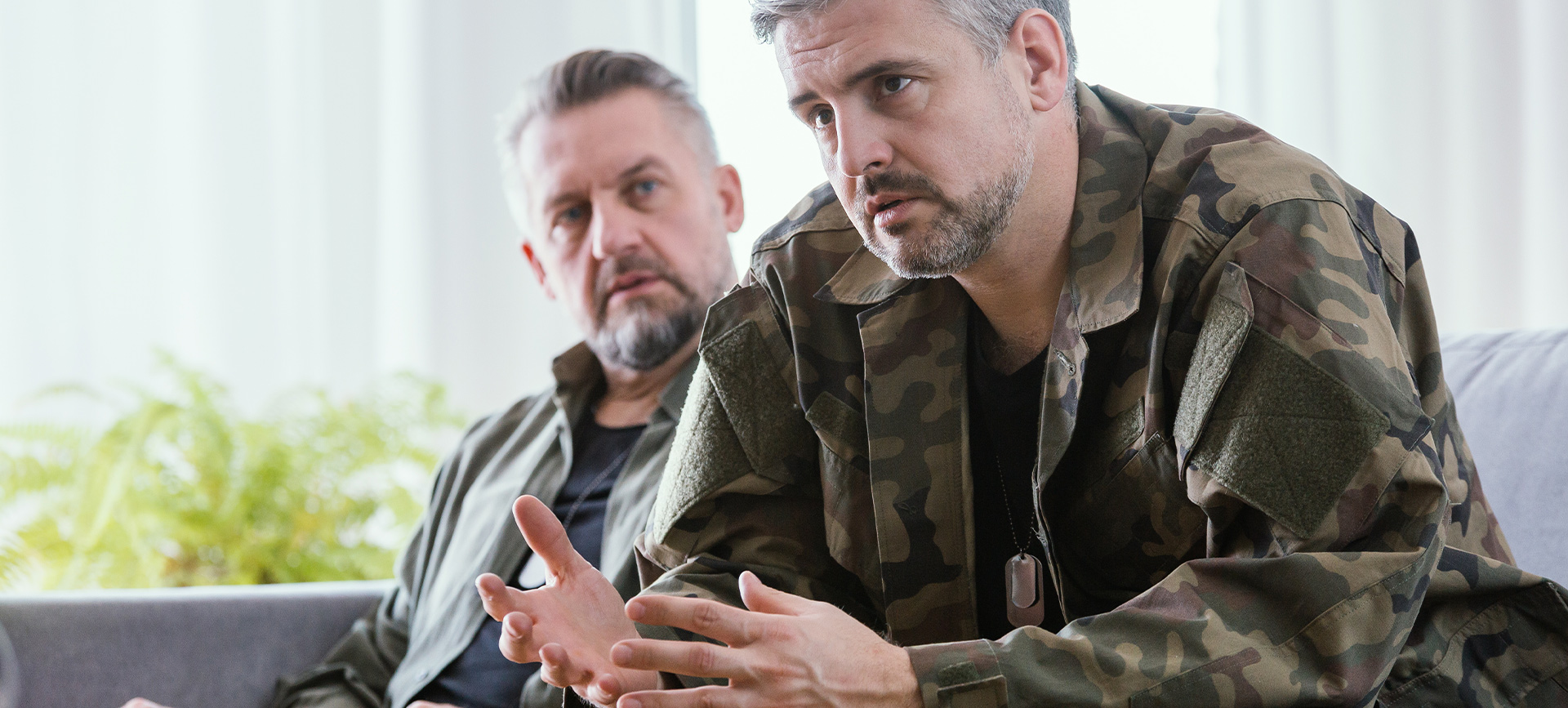Post-traumatic stress disorder (PTSD) is a psychiatric disorder triggered by seeing or experiencing a terrifying event. Though it varies case by case, common PTSD symptoms include flashbacks, intrusive thoughts about the traumatic event, nightmares, emotional distress and severe anxiety.
The National Center for PTSD reports that about 6 in 100 people in the U.S. will develop PTSD at some point in their lives, and that an estimated 15 million adults suffer from the disorder each year.













